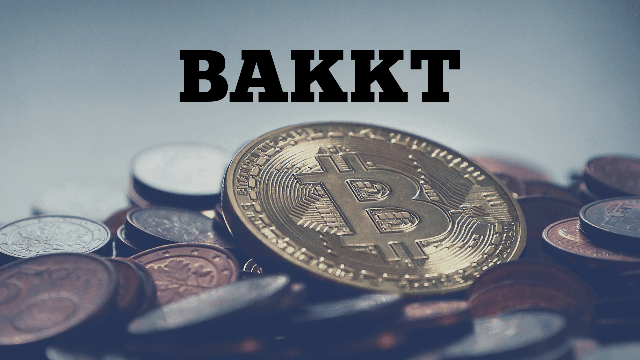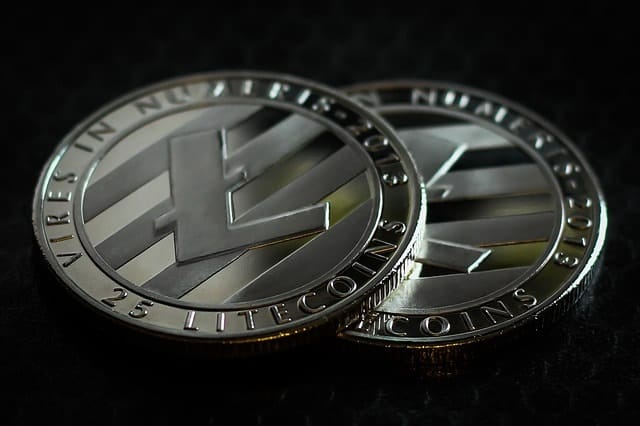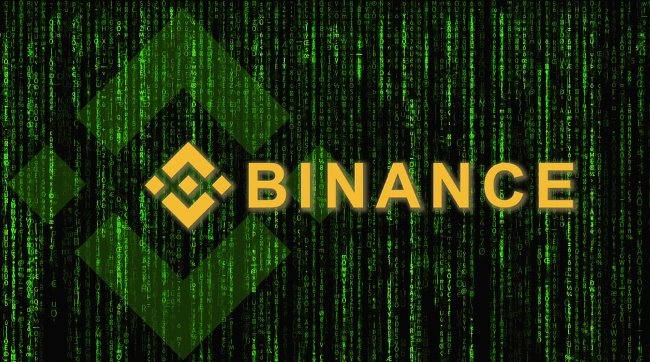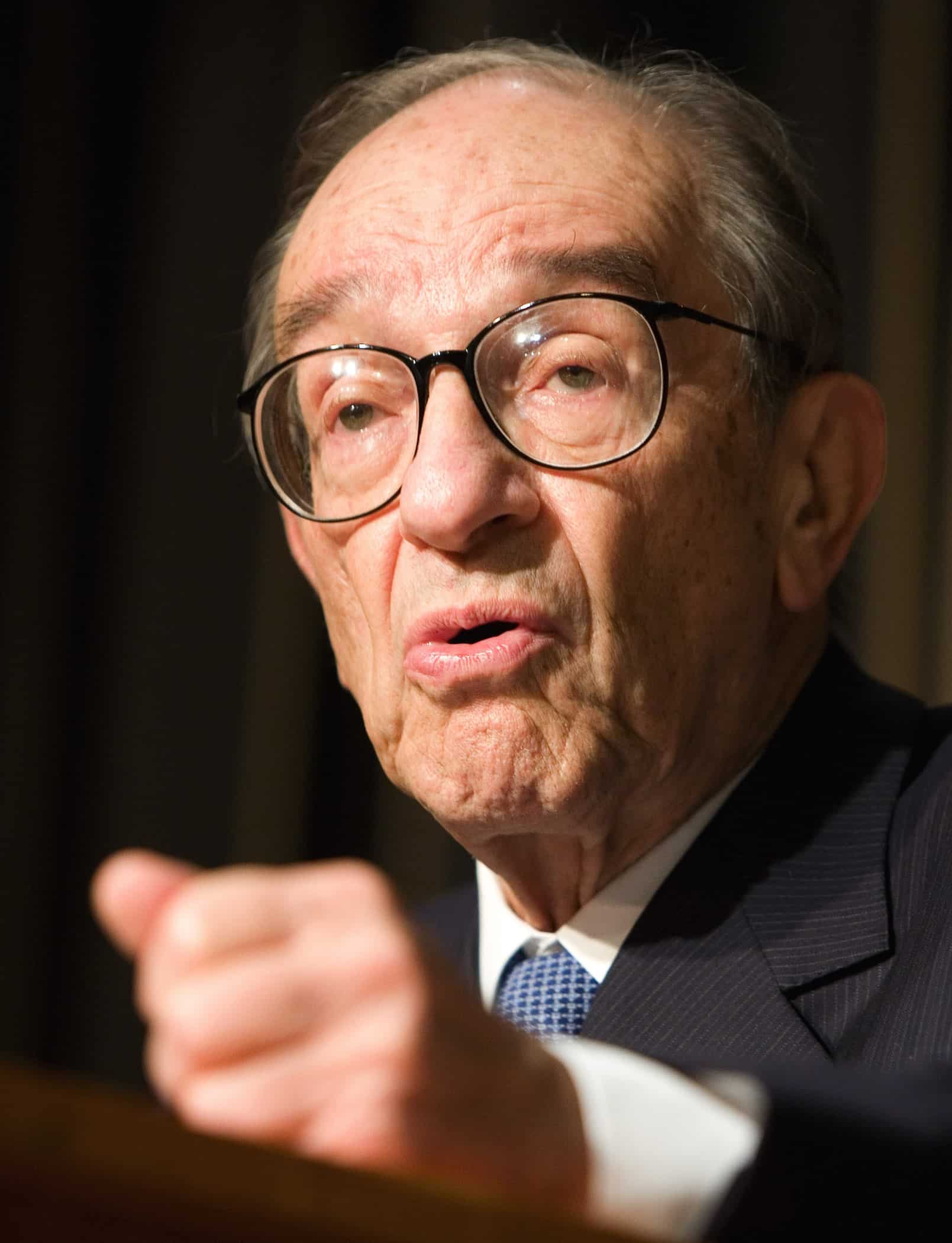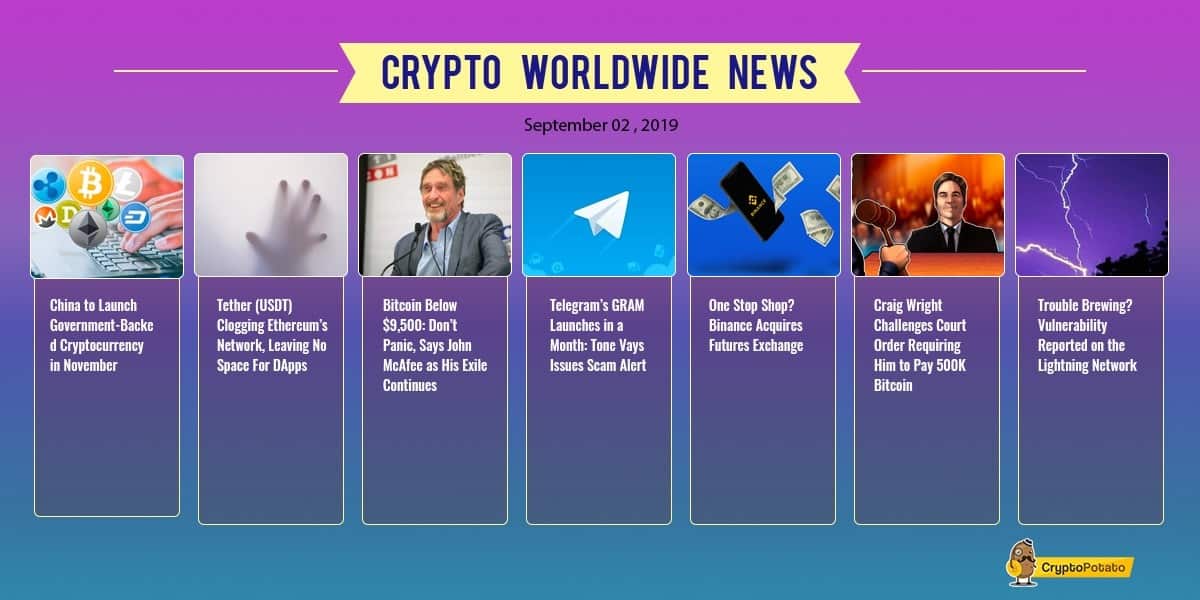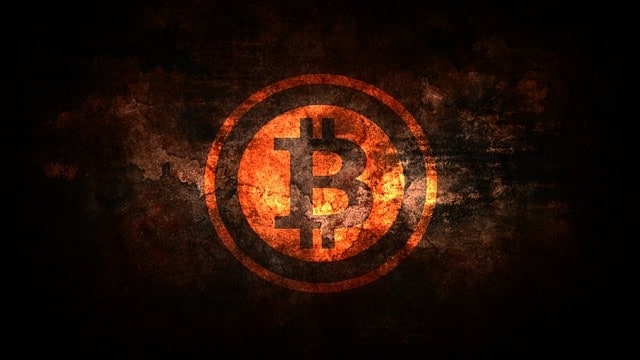When most people think of use cases for virtual reality (VR), gaming tends to be the first to spring to mind. Ironically, the VR gaming market simply isn’t taking off in the way that the industry hoped it would. At this year’s E3, an annual event dedicated to all things video gaming, the VR presence was eerily quiet.
However, the reality is that VR has been gaining traction in many other areas besides gaming.
Training is one case in point. In 2018, the US military issued a white paper in which it described its plans for setting up a synthetic training environment (STE) in virtual reality. The STE simulates real combat conditions covering the ground, air, and sea scenarios, enabling the military to train personnel in the necessary tactics and responses to emerging situations.
The healthcare sector is another prime example where VR-based training is delivering tangible results. Researchers at UCLA conducted a study where one group of students received VR training for a bone fracture repair procedure, and a second group underwent traditional training. The VR-trained group completed the procedure with 38 percent more steps performed correctly, compared to the second group.
A further example is in treating patients after a stroke. A UK study demonstrated the benefits for patients in using a VR headset to restore cognitive function and building confidence in their ability to perform everyday tasks.
So, the reality is that the VR gaming dream is probably over, but the technology offers tangible and valuable utility in other sectors. Nevertheless, VR hasn’t yet achieved mainstream adoption. Could a convergence with other emerging technologies, such as blockchain, be the answer?
Converging VR with Blockchain
One person who believes that blockchain can be a catalyst for the mass adoption of blockchain is Dr. Raji Wahidy, founder and CEO of a company called Virtual Rehab. The company was established in 2017 after Dr. Wahidy decided to apply his expertise gained working in the technology sector to help vulnerable populations.
Dr. Wahidy initially developed Virtual Rehab as a VR platform aimed at helping the medical profession to treat recovering addicts and repeat offenders. It provides a simulated environment where patients can be exposed to triggers, such as an alcoholic drink or a syringe, in the presence of a medical professional. The system measures biometrics such as heart rate and enables the observation of both actions and reactions. The platform proved to be a runaway success.
Leveraging the Data Security of Decentralized Networks
One issue that Dr. Wahidy has come across while developing his product is that of data security. Unfortunately for many vulnerable populations, their historical data is kept on open databases. The fact that this sensitive data is open to the public can actively undermine recovery and prevent former addicts or offenders from effectively reintegrating into society.
Virtual Rehab intends to use blockchain to ensure that no names are associated with any of the data collected in its systems. Instead, all the profile data will be linked with an anonymous wallet address. As Dr. Wahidy explains in the following video interview with NASDAQ:
“We can use this data to improve the psychological mindset and mental health through extensive research. Not only that, but we allow the global community to participate in this research because they have the data [collected by the Virtual Rehab system]”
There will also be a token (ticker VRH), which is how the company intends to extend its offering beyond a B2B offering for medical professionals, to a B2C offering serving individuals.
The VRH token has various use cases, such as ordering programs from the Virtual Rehab portal. However, the reward mechanism could prove to be a critical enabler for adoption. If users can demonstrate that they’ve sought help from a therapist, then they’re eligible to receive VRH tokens.
Closing Thoughts
Analysts are forecasting stellar growth for the VR markets. For example, statistics predicts that the global VR and augmented reality (AR) markets will grow to nearly ten times its current value by 2023, reaching $160 billion globally. So ultimately, perhaps it’s use cases like these point to VR having a bright future in enterprise adoption.
VR is already proving its worth in the healthcare sector in other use cases, so it seems likely that the incorporation of blockchain technology to an already-established VR product could well be a hit. VR gaming may have failed to live up to the hype, but there is still plenty of roads ahead for the technology itself.
More news for you:
The post appeared first on CryptoPotato



